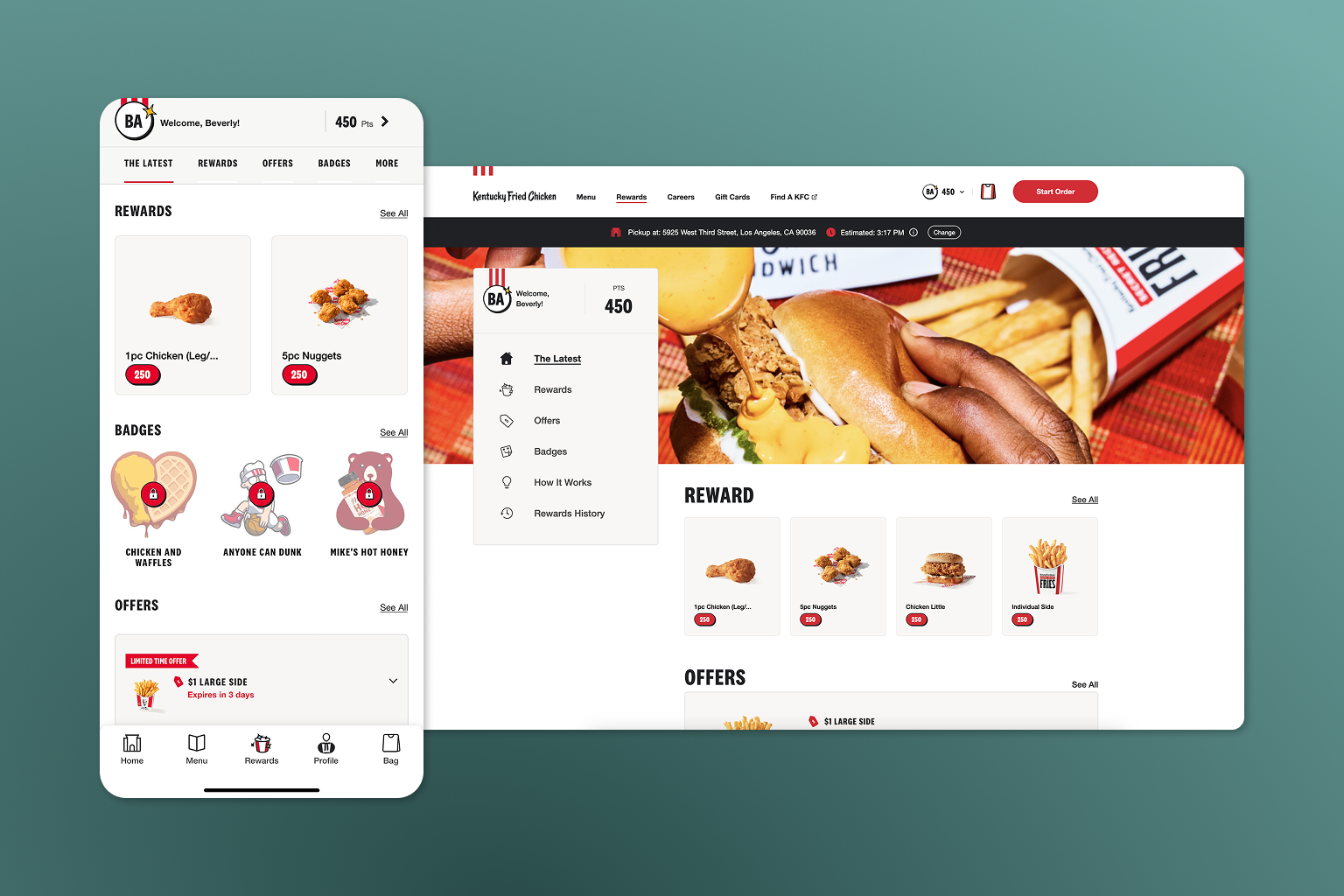Most loyalty programs reward return visits. Only a few, though, deliver lasting revenue, deepen brand connection, and turn customers into advocates. That takes more than points and discounts. Whether you’re launching or optimizing your loyalty program, here are actionable strategies that will move you beyond the basics:
Start with incremental revenue
Customers in loyalty programs are more likely to make impulse purchases, especially when offers feel timely and relevant, according to a 2024 Forrester survey. Successful brands design programs that lean into this behavior. Personalized experiences keep members engaged. Gamified features like punch cards or contests add fun and encourage repeat visits. Flexible redemption options let members choose between discounts, access, or convenience-based perks, and “golden moments” right after a point redemption are an ideal time to drive a full-price purchase.
“Incremental revenue is additional spend that we’re able to influence or incentivize customers to make. By creating a strong value proposition, we see that loyalty members consistently spend more than non-loyalty members. This increase can happen in a single transaction, through offers like bonus points encouraging larger basket sizes. It can also be seen in frequency, where a guest who usually visits once a week is motivated by a punch card to visit twice a week. These tactics unlock the feeling of ‘irrationality’ which motivates them to spend more and more often.” — Jillian Dimoff, Loyalty Expert, Marigold
Focus on early activation
The first 30 to 60 days of a new customer's onboarding are critical. This is when engagement is the highest, so the experience should feel welcoming and valuable. Brands that succeed create gradual onboarding sequences, introduce benefits step by step, and encourage non-transactional engagement such as completing a profile or giving feedback. Educational touchpoints help members see how to maximize value, while asking for preferences early provides zero-party data that powers personalization later.
Personalization is table stakes for customer engagement
Personalization is at the heart of any successful loyalty program, but four in 10 consumers still receive irrelevant messages. Loyalty programs should use segmentation such as purchase history, engagement signals, and preferences to deliver timely, individualized rewards. Blanket discounts may drive short-term transactions, but they erode margins and miss the opportunity to recognize high-value behaviors. Instead, tailor incentives to customer preferences and lifecycle stages. Use triggered offers, like birthdays or anniversaries, and predictive analytics to anticipate needs. By weaving zero-party data into your program design, you can ensure rewards make customers feel relevant and valued.
Deliver seamless cross-channel experiences
Loyalty members should be able to access and redeem rewards anywhere, whether they’re shopping online, in-store, or through an app. That only works when technologies and teams are aligned. Integrate your loyalty and marketing tools with POS, CRM, and e-commerce systems to create a single view of the customer. Then ensure your teams across CRM, marketing, loyalty, and on-site act as one to deliver a seamless experience at every touchpoint.
“The consumer sees one brand. But internally, CRM and loyalty teams are often working separately. That’s why I get an email with no mention of my points, even though I’m in the program.” — John Tsaousidis, Principal Enterprise Strategist, Marigold
Emotional connection drives lifetime value
Emotional loyalty fuels long-term value, but it takes more than discounts and points. True loyalty grows when customers feel seen, understood, and aligned with your brand.
Start by focusing on shared core values. When customers believe your brand shares their beliefs, they’re more likely to stick around. Build on that connection with community-driven experiences that invite deeper interaction, not just transactions. Give members a reason to advocate through referrals, reviews, and social shares, and reward them when they do. Through exclusive perks and access, you can make loyal members feel like VIP insiders, not just repeat buyers.
Use data for continuous optimization
Loyalty programs generate valuable data, which can be used to fuel loyalty further. Behavioral signals reveal what customers care about. Combine them with zero-party data preferences shared directly by customers to deliver more relevant experiences. The most effective programs use insights to optimize continuously. Monitor KPIs like redemption rate, visit frequency, and lifetime value to see what’s working and where to improve.
“Your loyalty program itself is the greatest source of actionable customer data, gathered through your members' engagement with loyalty mechanics and zero-party data rich dialogue. This highly dynamic process requires constant monitoring of insights and responding to signals with adjustments to loyalty levers within the program.” — Roger Williams, Head of Loyalty, Marigold
Measure what your program really delivers
Loyalty programs succeed when they’re continuously optimized towards effectiveness.
“You should continuously monitor your loyalty program, as should your provider. There should be QBRs (Quarterly Business Reviews), ongoing measurement of metrics, and benchmarks for the program. Loyalty programs are not ‘set it and forget it.’ You need to make strategic decisions and lead the program based on a thorough analysis.” — Jillian Dimoff, Loyalty Expert, Marigold
Key loyalty metrics to monitor:
- Annual spend*: The total amount spent by a customer over a year.
- Average order value*: The average dollar amount spent per transaction.
- Visit frequency*: How often a customer purchases within a defined period.
- Customer lifetime value (CLV)*: The projected total revenue from a customer throughout their relationship with the brand.
- Customer retention rate*: The percentage of customers who continue to buy over time.
- Redemption rate: The percentage of issued rewards that are actually redeemed.
- Enrollment rate: The percentage of eligible customers who enroll in the program.
*Compare results for members vs. non-members to evaluate effectiveness.
Not every loyalty program needs the same level of complexity. Your brand should be able to start simple and evolve, with the flexibility to add features like gamification, tiered rewards, and more as your audience grows.
To find out more about successful programs in action, read how KFC has crossed the 6-million-member-mark in one year and how Donatos drove 31.5% of sales through loyalty members.






